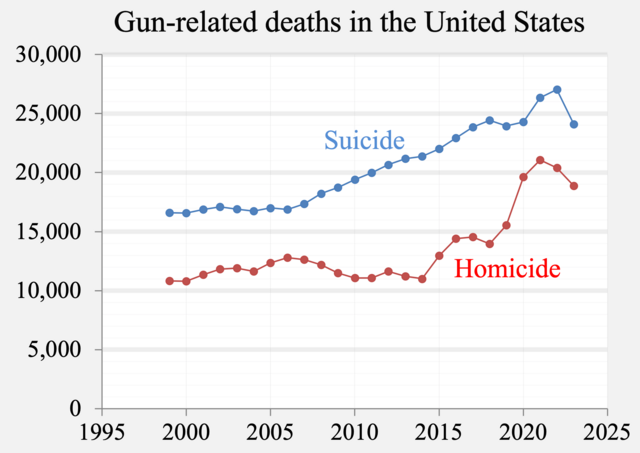In August 1961, Grady High School was integrated with the admission of two black students, who were a number of the 10 people chosen to integrate various APS schools, out of 300 applicants. Over fifty years later, Grady has become the second most racially diverse of the APS high schools, after North Atlanta.
Because of this, I used to consider myself to be somewhat more cultured than many kids my age. As an upper-middle class Jewish girl attending an urban school in the south, I believed that I was exposed to people from all sorts of different economic, racial, social, cultural and political backgrounds.
After closer consideration, it has come to my attention that I was quite wrong.
While it may seem like we’re all exposed to a lot of people from different backgrounds at Grady, we don’t know each other, and I hardly have any conversations with people outside the communications and journalism academy bubble. It’s not so much exposure as it is acknowledgement of each other’s presence.
Since the start of this school year, I have become increasingly aware of the racial gap at our school. Yes, we are a very racially diverse school, but what we lack is absolute integration. There is no blatant racism, or anything to that level of extremity, as far as I can see, but at a school as diverse as Grady, the lack of interconnectedness is downright unacceptable.
Although it’s certainly not something I’m proud of, nearly all of my friends and acquaintances are financially comfortable white kids. Most of the people in my classes are too, and have been since my freshman year.
The main cause for this racial gap is the Small Learning Communities. Grady switched from being a magnet school for communications and journalism to a program of SLCs, or academies, in 2011.
According to data from Infinite Campus, 60 percent of the students in the communications and journalism academy are white, although white students make up only 27 percent of Grady’s overall population. In fact, there are only four black kids on The Southerner staff, out of 40. Contrastingly, 88 percent of the the business and entrepreneurship academy is black 4 percent white, compared with Grady’s 67 percent black population.
If the Grady administration is catering exclusively to students’ requests, they won’t be able to make each academy exactly 67 percent black, 27 percent white, and 6 percent other minorities. But the uneven distribution of the races in the academies is leading to a significant amount of division, not only in physical ways.
In a survey of 119 Grady students, 65.5 percent said they had noticed racial gaps at Grady. Of the students who said that they had noticed racial gaps, 95 percent saw social gaps and 65 percent saw educational differences. Students also noted economic and athletic divisions related to race.
The communications and journalism academy is very similar to what used to be the magnet program, meaning that the students in that academy are given specialized instruction in their C&J field. While the other academies do have focuses in their designated subjects, the C&J has many more extracurricular opportunities specifically for students in that academy, mainly the publications. Also, many of their academy-specific classes are also available for students from other academies to take, while the C&J seem to be exclusive. For example, a C&J student can take an Introduction to Law class, but a L&L student won’t be placed in Journalism I.
This means that the majority white kids in C&J are having more education opportunities than the other, predominantly black academies. This is contributing to our nation’s racial achievement gap, which American schools are still struggling to close.
In the spirit of August 1961, we need to reintegrate our academies.






